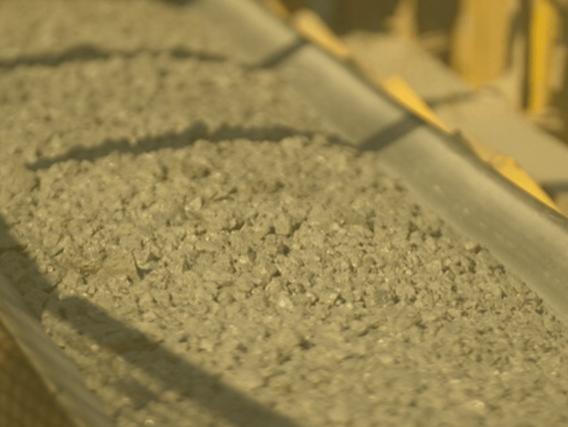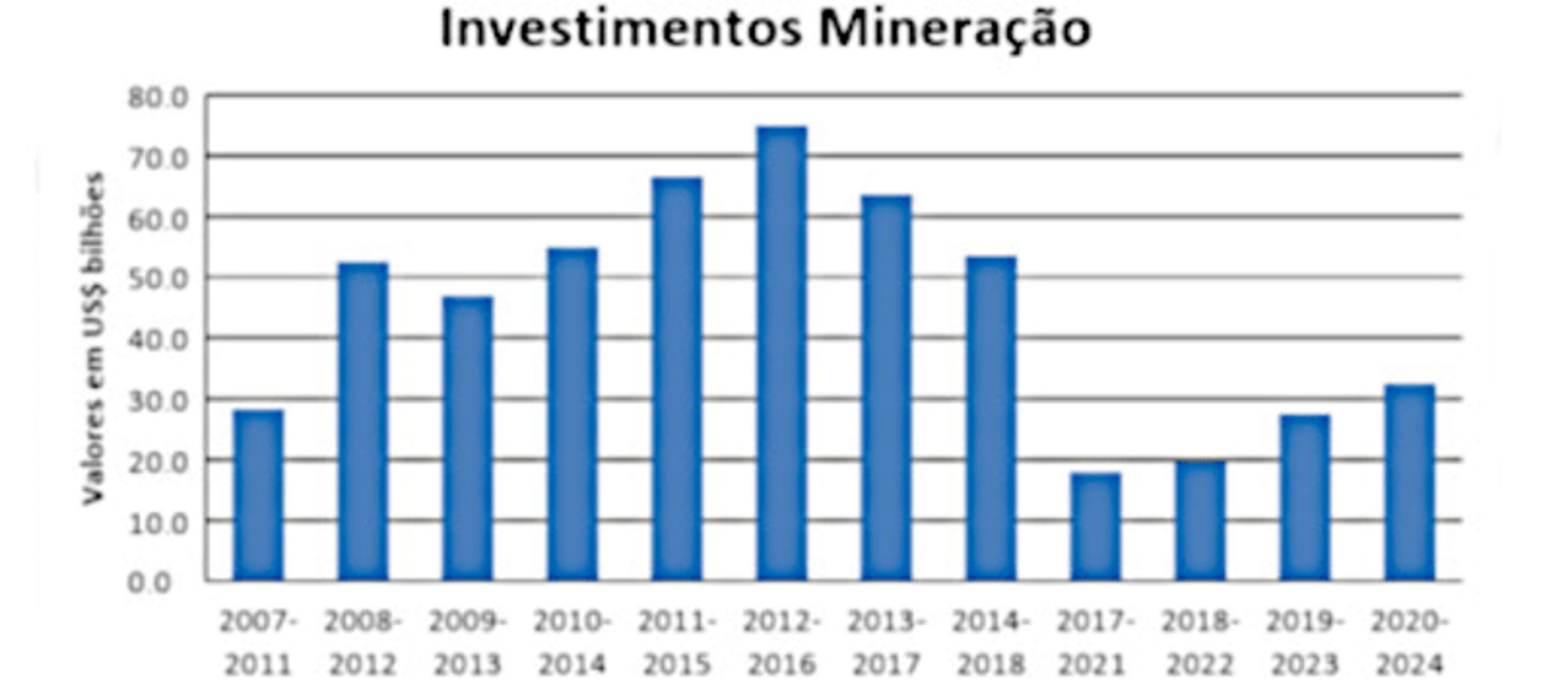The institute presented the sector's figures to the press last week during a press conference by the chairman of the board, Wilson Brumer, and the chief executive, Flávio Penido. "This shows astrong recovery in the sector and prospects for increased investment," said Penido, who also highlighted good prospects for mineral exploration in the country.
According to him, mineral research will take a leap forward from 2020, reversing the downward trend seen in previous years. This, according to him, is mainly due to the policies adopted by the National Mining Agency (ANM) this year which aim to expand mining activity and the automatic approval of research requests if the agency doesn't respond within 120 days.
"This ANM rule will not only speed up the processes for releasing surveys, but it also shows that the agency is seeking to have its digitalised processes and with deadlines. In the past, at the DNPM (a body that was abolished with the creation of the ANM), we found it difficult to speed up mining projects," said Flávio Penido, president of Ibram.
This is a conditioning factor for attracting new investments and boosting the geological research segment, where many small companies operate. According to the data presented, in recent years the number of research applications filed and research permits released has been falling.
In the case of research applications, the total fell from 18,505 in 2016 to 10,674 last year. As for permits, there was a reduction from 9,569 in 2017 to 7,210 in 2019. On the other hand, mining concessions increased from 206 in 2017 to 497 in 2019.
The Institute also presented data on the value of mineral production in 2019, mineral exports and the trade balance, pointing out that the sector's turnover grew by 39.2% last year compared to 2018, totalling R$153.4 billion, compared to R$110.2 billion in 2018. In dollar terms, growth was 29.3 per cent, totalling US$ 38.9 billion in 2019 against US$ 30.1 billion the previous year.
The main driver of the increase was iron ore, which, although it recorded lower physical production, saw an improvement in average export prices. According to Ibram, the average price per tonne in 2019 was US$93 compared to US$69 in 2018. The mineral trade balance increased by 12.96% to US$24.26 billion, which is equivalent to 52% of the Brazilian trade balance. In 2018, the mineral balance totalled US$ 21.47 billion, equivalent to 36.6% of the Brazilian balance.
See below for the main data from recent years compared to the current forecasts made by IBRAM:
" Brazilian mining exports
2018 - 409 million tonnes and revenues of US$ 30 billion
2019 - 359 million tonnes and revenues of US$ 32.5 billion
" How much revenue rose in 2019
Iron 9.73%
Gold 27.73%
Ferroniobium 12.9%
Manganese 18.92%
Copper 14.64%
" Investments in the sector (forecast)
2018 to 2022 - US$ 19.5 billion
2019 to 2023 - US$ 27.5 billion
2020 to 2024 - US$ 32.5 billion
Sources: IBRAM/ Brasil Mineral

